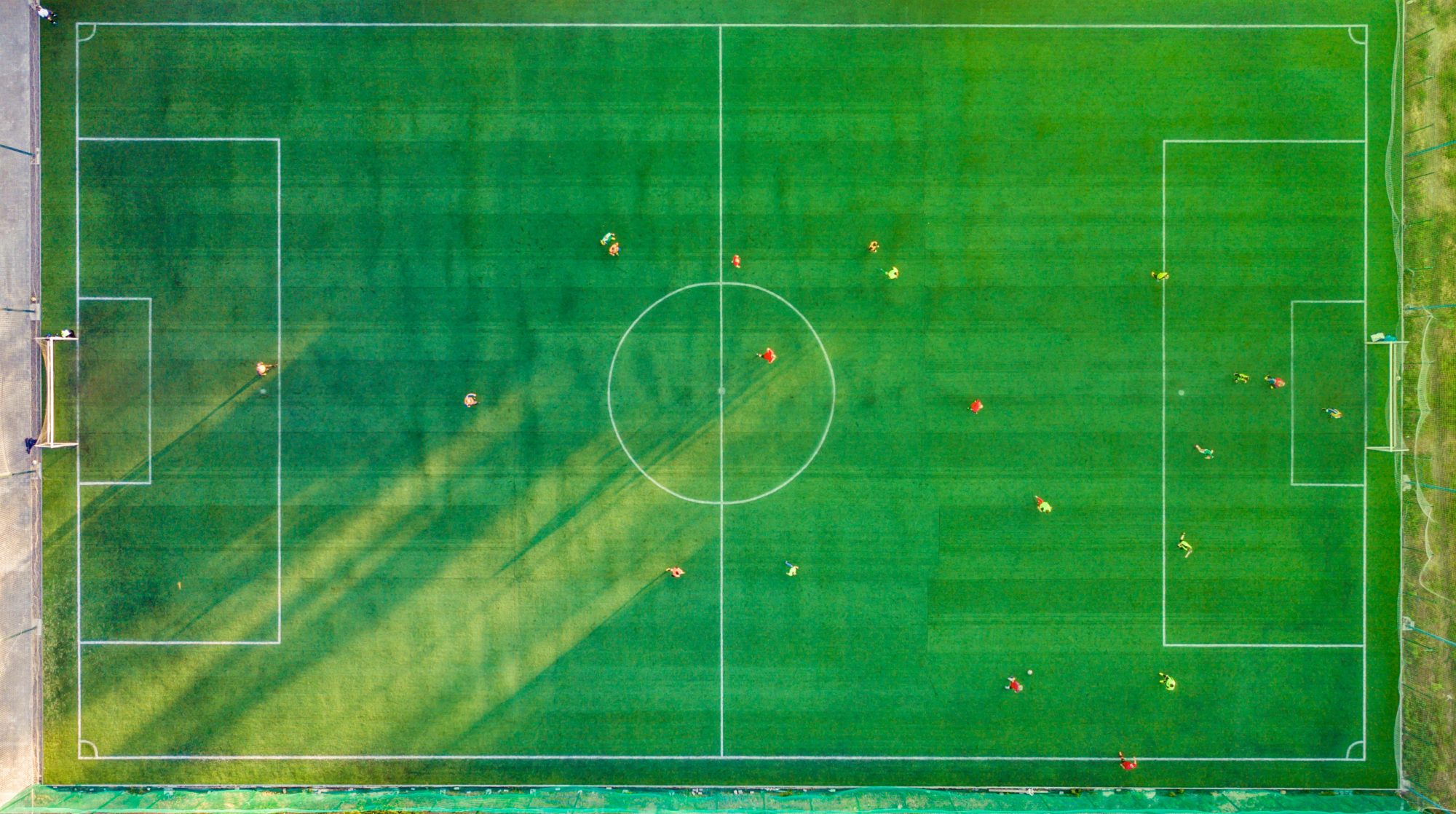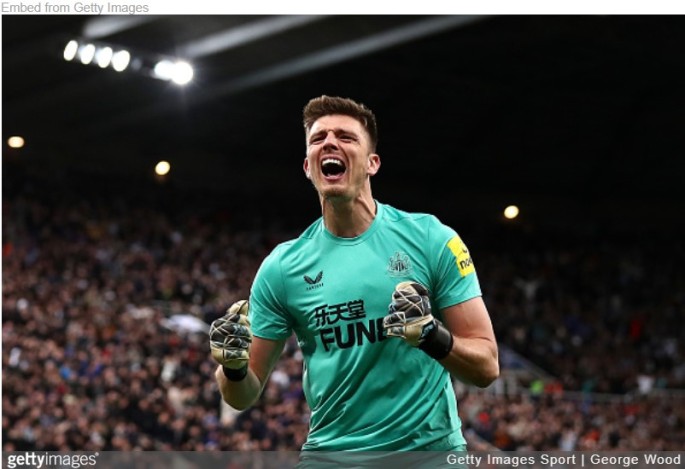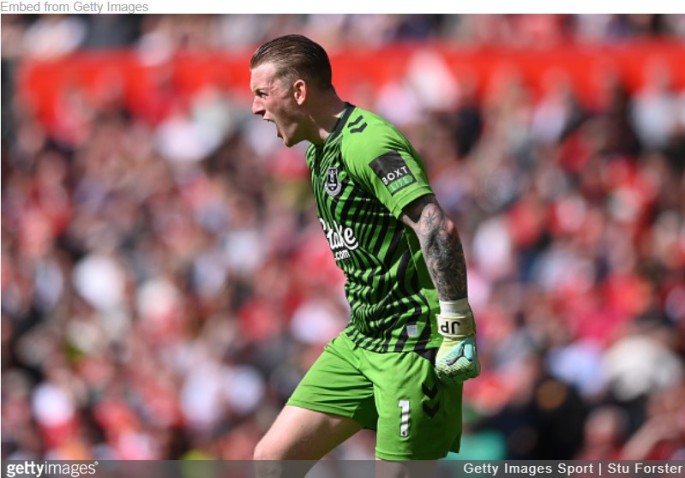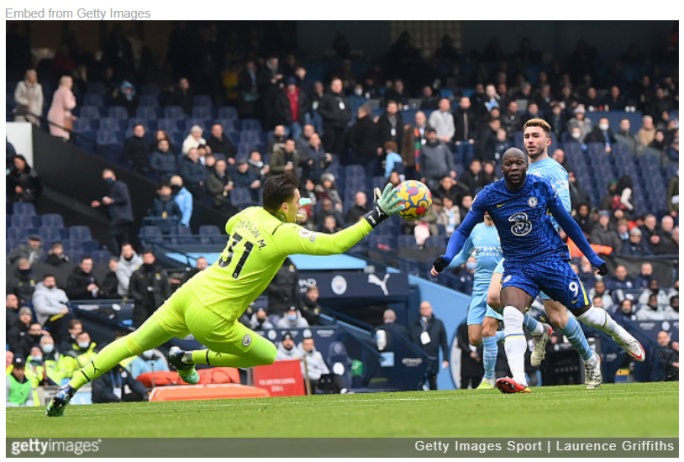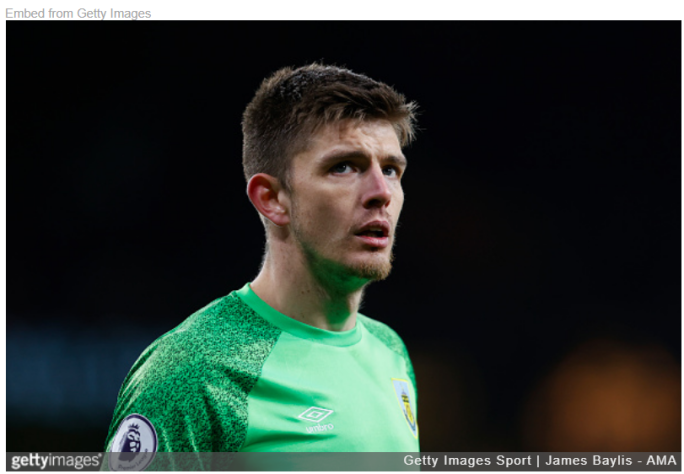In 2022, I established my 'Role Continuity Evaluation System', on the basis that players should be assessed by the metrics and traits important to their specific role on the pitch. Through this understanding, players are then classified into what is now 20 different roles, and assessed accordingly to see how they stack up to other players fulfilling the same player type. Here is an explanation of my scouting & analysis system, why I've coined it 'Role Continuity', and how I use it to analyze goalkeepers.
Tag: Goalkeeper
Top 20 Sweeper Keepers – 2022-23
Last season, I broke down positions into twenty-six different roles. The aim of my Role Continuity Evaluation System was to assess performance via what actually matters for a player's own unique set of tasks. As I recently spoke about in 'Data-Driven Decision Making & Player Roles', even two players within the exact same role may have different job descriptions based on their team ideologies and their own unique characteristics. Role Continuity recognizes those differences, by assessing not only data, but by utilizing the eye test to uncover player IQ and decision making.
Game of Numbers #15 – Jordan Pickford’s positioning masterclass
Sometimes criticized across his Everton career, Jordan Pickford has enjoyed a formidable past couple of seasons for both club and country. The Toffees might be in serious threat of relegation this season and very well might have gone down last campaign if it had not been for their remarkable keeper. Despite the club's poor form, there's even a genuine argument for Pickford to be the goalkeeper of the season thus far. That argument came to life all the more in Everton's recent match against Manchester United, where Pickford was one of the standout players on the pitch despite his side being completely outclassed. Here are the finer details behind Pickford's stunning nine-save display against the Red Devils.
How to organize the defensive line as a goalkeeper
With a wonderful view of the action, goalkeepers must be more than just shot stoppers, and participate actively and vocally in communicating with their mates. They should not be solely responsible for organizing the entire team, but have the ability to do so through the vantage point they have on the field, and often the fearless nature they behold. I've often found that some of the best communicators that I coach are in fact goalkeepers. But before answering the question, let's first discuss whether or not it is actually necessary for the goalkeeper to organize the defensive line.
Explaining the Sweeper Keeper – Player Role Analysis
The 'Sweeper Keeper' came to deserved acclaim at the 2014 World Cup, when Manuel Neuer showcased his ability to rush out of his goal, and "sweep" in behind Germany's high-line, almost playing like another centre-back out of possession. Since then, the role of the sweeper keeper has only grown and evolved, becoming a player who is capable in build-up phases, ventures out of their goal to involve themselves in passing sequences higher up the pitch, and completely commands their penalty area by coming off their line and taking control of any situation.
Explaining the Shot Stopper – Player Role Analysis
While formations may exclude the never-changing goalkeepers from their numbering, we could never fail to recognize the importance of goalkeeping in the game. As a result, we start with one of the most scrutinized positions on a football pitch - that of the keeper. We break goalkeepers down into two broad categories - 'Shot Stopper', and 'Sweeper Keeper'. We can then use these classifications to help distinguish between different types of players, and measure accordingly. Today's article is all about the 'Shot Stopper', defining role expectations and answering the soon to be common question of - 'What exactly is a shot stopper?'
The myth of Nick Pope’s ‘poor’ distribution
Leading up to both the 2018 World Cup and Euro 2020 (which famously took place in 2021), a common commentary surrounded Nick Pope, and the potential reasons for Southgate's favouritsm toward Jordan Pickford. "Pope's distribution isn't as good," was said on repeat, almost as though all the pundits of the English game together as one big monster blob out to slight Nick Pope and find justifications for something that few were willing to admit made little sense. Despite Nick Pope's heroics at Burnley for the past five years, and the potential that he will keep them in the Premier League almost single-handedly for another season, Pickford remains England's firm number one.

